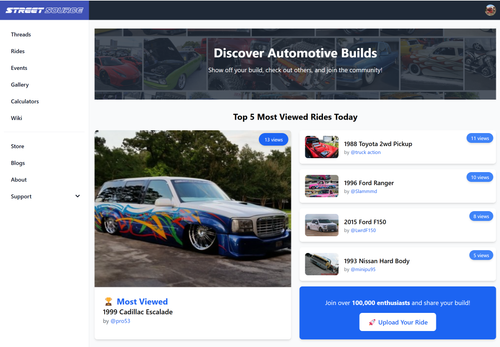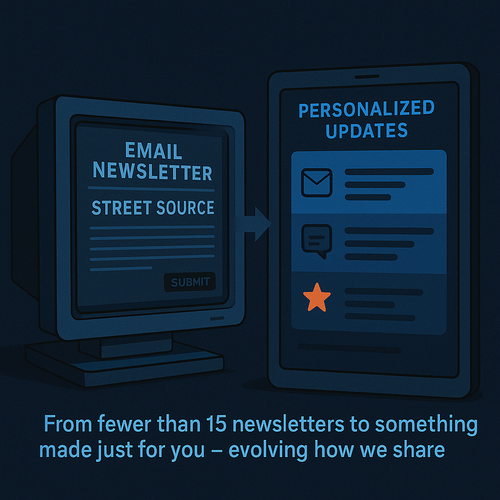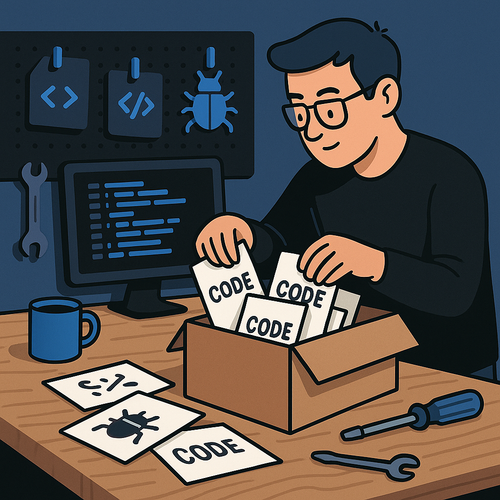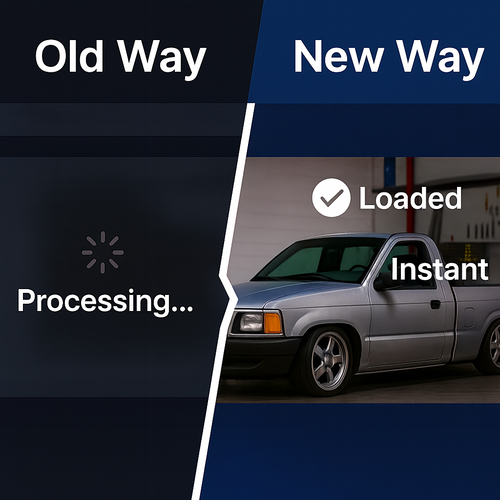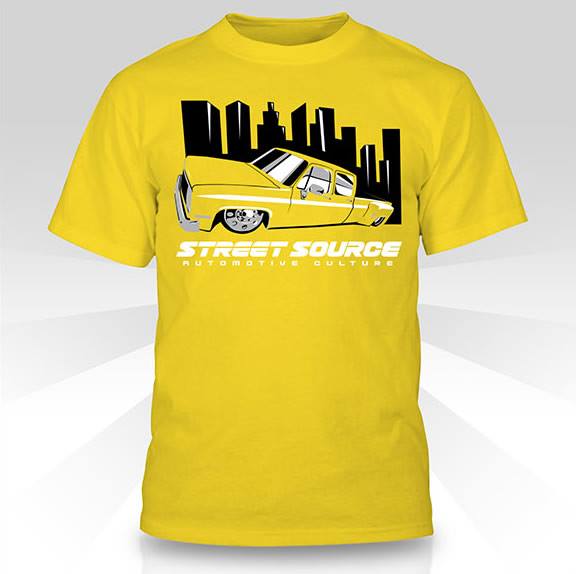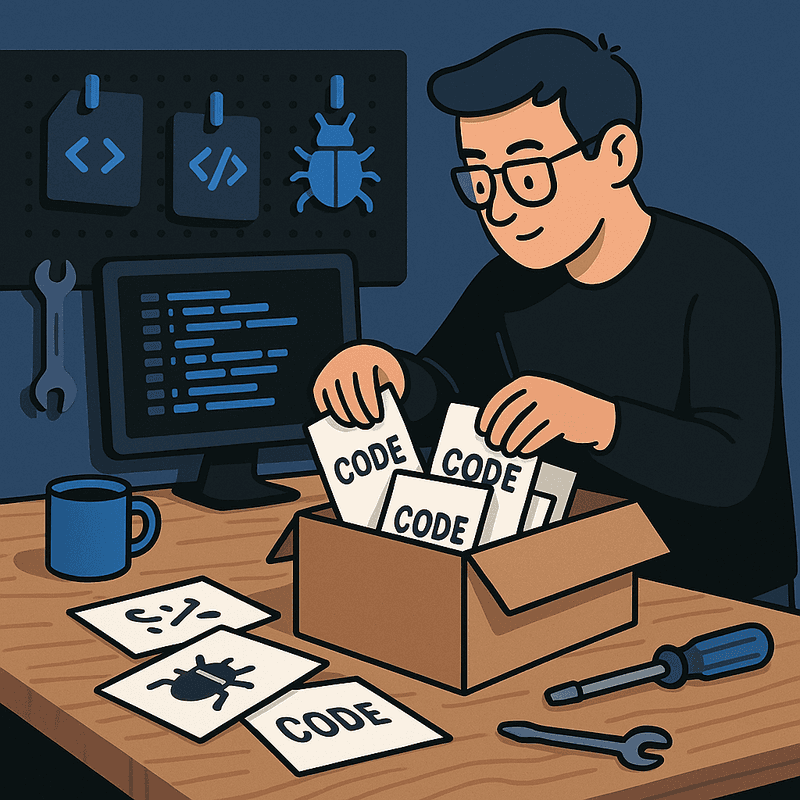
About 10 years ago, I built something into Street Source that felt pretty advanced for its time — a built-in bug tracker. I knew there were tools like Jira out there, but at the time, I couldn’t justify the price. So, like a lot of builders do, I decided to make my own.
It wasn’t fancy, but it worked. I could log bugs, assign them, mark them fixed — basically my own mini Jira, baked right into Street Source. It helped me stay organized through late nights of coding and debugging. Back then, it felt like the right move.
But times change.
Why I Decided to Retire It
These days, I’m focused on making Street Source leaner, cleaner, and easier to maintain. The old bug tracker had served its purpose, but it was starting to show its age. Modern tools like Jira, Linear, and GitHub Issues do this so much better than I ever could — and they’re constantly improving.
So, instead of spending hours maintaining something that already exists, I’d rather use that time to make Street Source itself better. More time spent improving Rides, Threads, and Events means more value for the community.
That old code is now gone — and honestly, it feels good. It’s like cleaning up your garage after years of clutter.
What’s Next: Feedback, Roadmaps, and Requests
Removing that feature leaves a gap, though — I still need a way for users to report bugs, request features, and see what’s coming next. I’ve been exploring tools that make this kind of feedback loop easier to manage.
It turns out there’s a whole category for this called product feedback management. Platforms like Canny, UserVoice, or Nolt are built exactly for this purpose:
Let users submit bugs or ideas without friction
Display what’s being worked on in a public roadmap
Let people vote or comment to help shape priorities
That level of transparency and collaboration feels right for Street Source. This has always been a community built by enthusiasts — and I want that to extend into how ideas and improvements are shared.

Looking Ahead
This is just one piece of a larger effort to modernize Street Source. Over the years, I’ve removed several “half-baked” systems that no longer make sense. Each time, it feels like stripping away another layer of unnecessary weight.
There’s nostalgia in letting go of something I once built from scratch, but there’s also a renewed sense of direction. Street Source is evolving — and that means focusing my energy where it really matters.
This isn’t the first piece of legacy code I’ve retired — and it won’t be the last. Over the next few months, I’ll be sharing more posts about how I’m cleaning up Street Source’s foundation and bringing back the core features that make it special.
This blog has been viewed 206 times.

